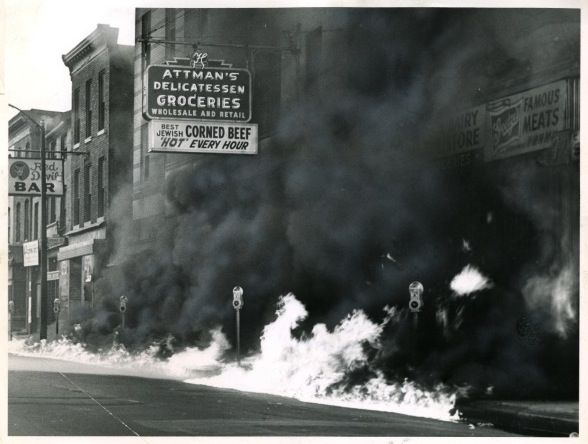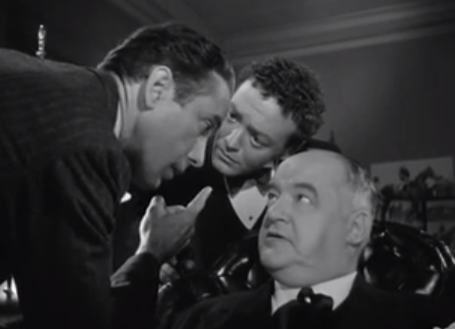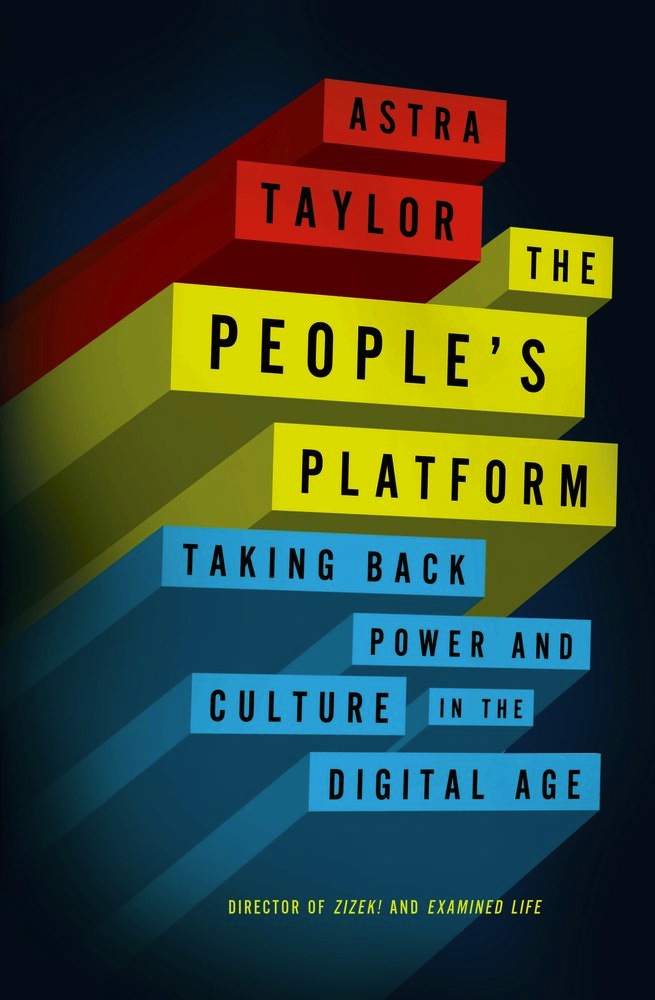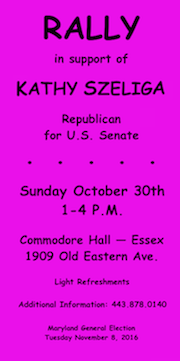NEED-TO-KNOW NEWS — For Friday June 13
[Scroll down for full week’s compendia]
WHAT YOU NEED TO KNOW TODAY — IN BRIEF
A Voice of Baltimore compendium, local and beyond. Your weekday morning look (with links) at late-breaking news, current events, and what will be talked about wherever you may go on Friday:

Hells Angels bikers stopped at a restaurant in Gambrills; Anne Arundel Executive Laura Neuman is criticizing Steve Schuh over it.
• NEUMAN HITS SCHUH ON HELLS ANGELS VISIT TO RESTAURANT
In April the gang stopped at the Greene Turtle restaurant in Gambrills and left without causing any problems.
Relative to the visit, Neuman brushed aside criticism from Schuh — who is running against her for Anne Arundel County Executive — for allegedly “using the police department for political purposes” to criticize Greene Turtle, calling it “clearly a political statement intended to cover up bad public policy” at the restaurant.
Schuh is the owner of several restaurants managed by GT-Mid States LLC, a holding company for restaurants including Greene Turtle Sports and Grilles in Gambrills, Pasadena and Annapolis. He is the company’s financial adviser and is not involved in the day-to-day operations of the businesses.
Read More at: The (Annapolis) Capital
• COUNTY SCHOOL SUPERINTENDENT FOUND IN VIOLATION OF ETHICS CODE
Baltimore County Superintendent Dallas Dance took a consulting job with a professional development company that does business with the school system. He promised not to do that anymore.
Read More at: Baltimore Sun
• EARLY VOTING BEGINS FOR JUNE 24 MARYLAND PRIMARY
The polls opened statewide Thursday morning at 10 a.m. They will remain open from 10 a.m. to 8 p.m. through next Thursday, June 19th.
Read More at: WBAL-TV (Channel 11)
• MD. JUDGE RULES AGAINST ONLINE BALLOTS FOR BLIND, DISABLED
Citing concerns about ballot security, a federal judge in Baltimore said Thursday he would not require elections officials to provide online absentee ballots for visually impaired and physically disabled voters in the June 24 primary election.









